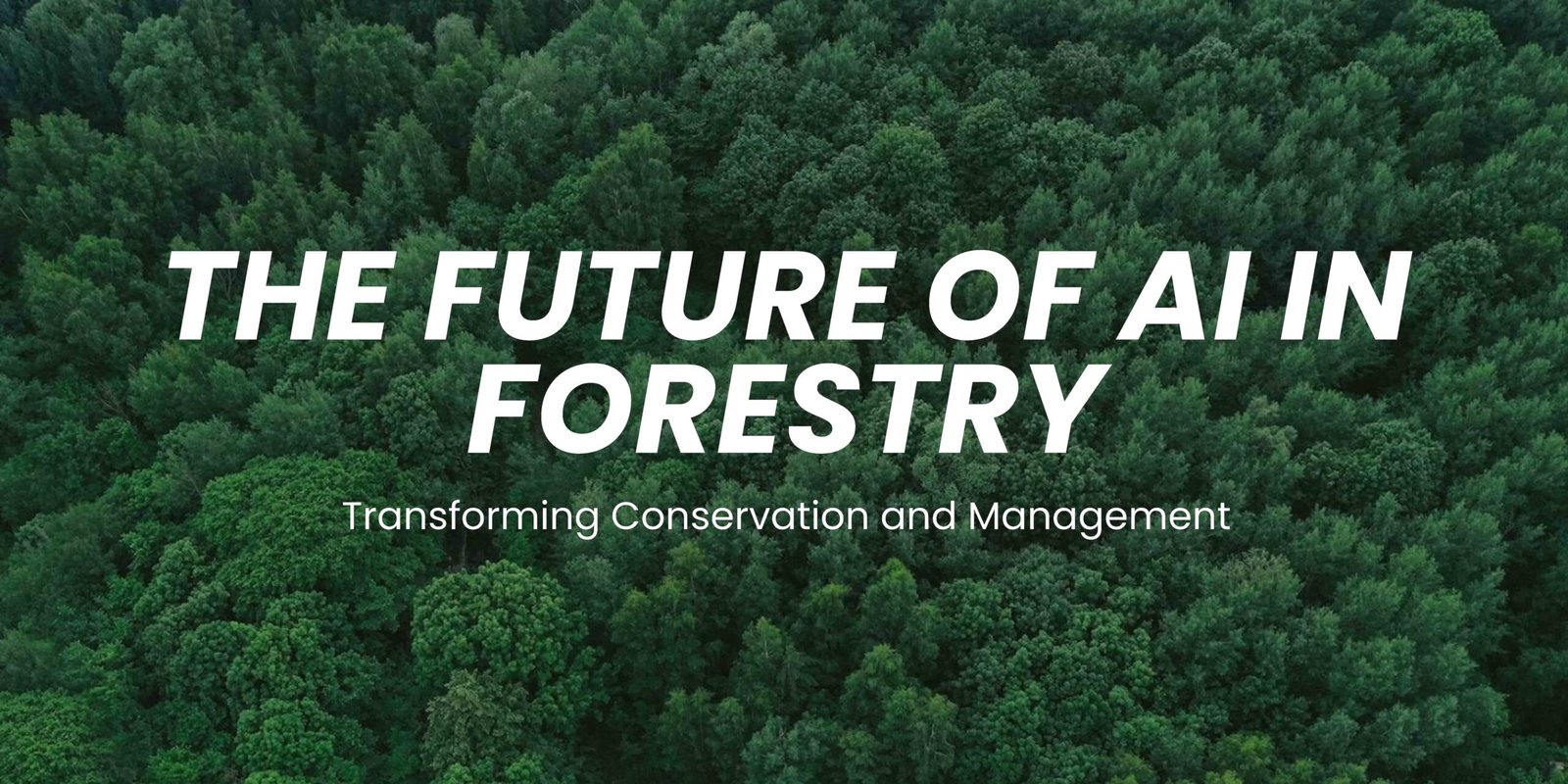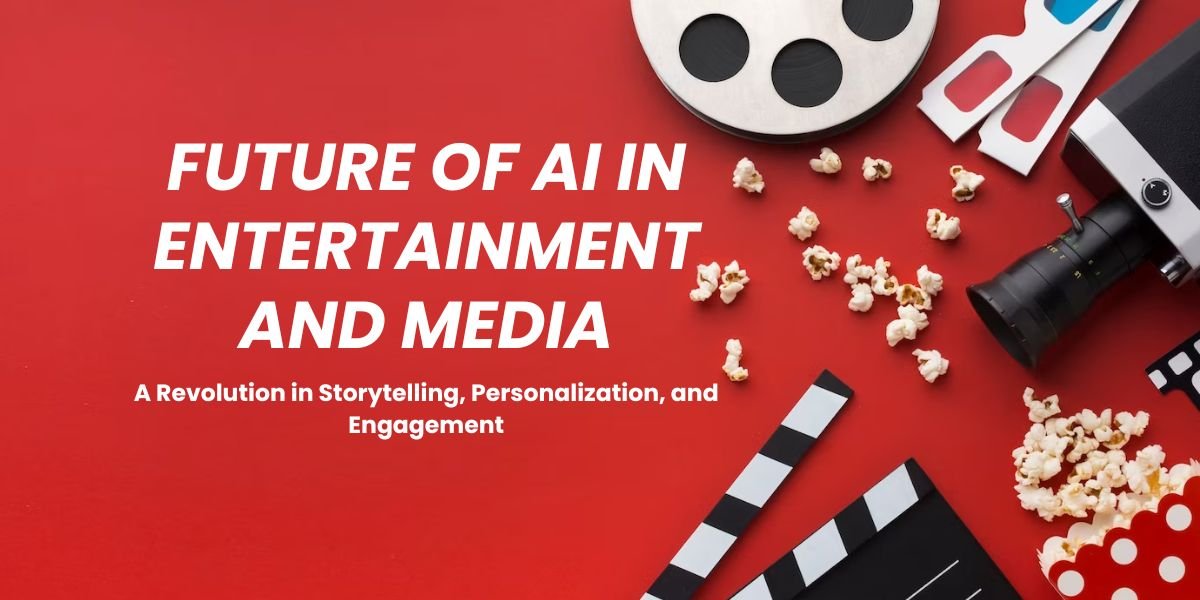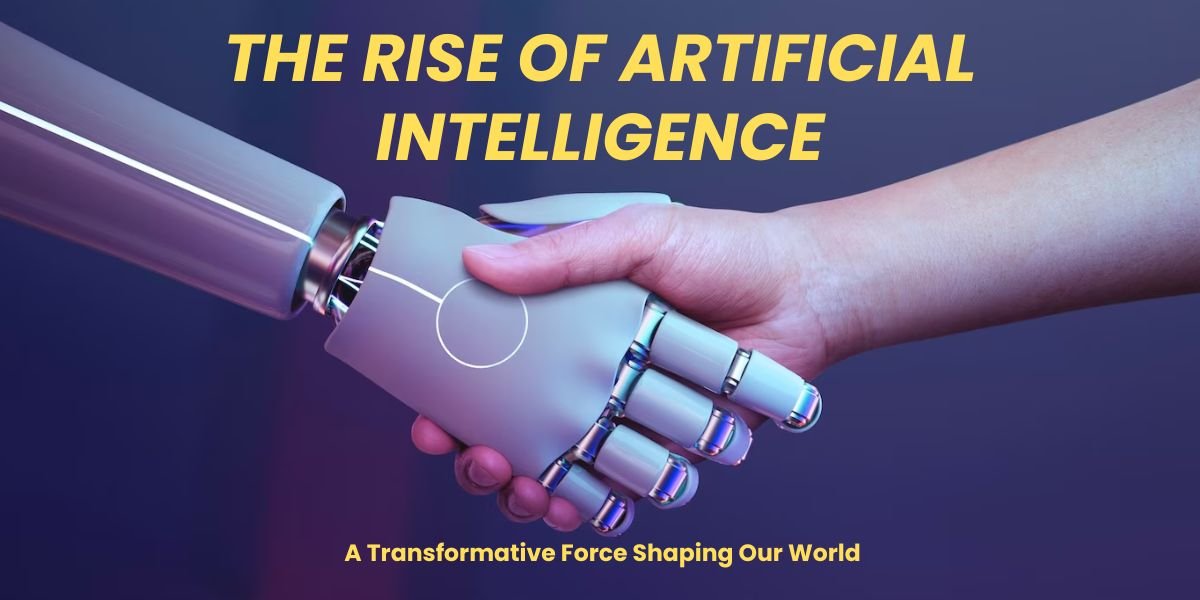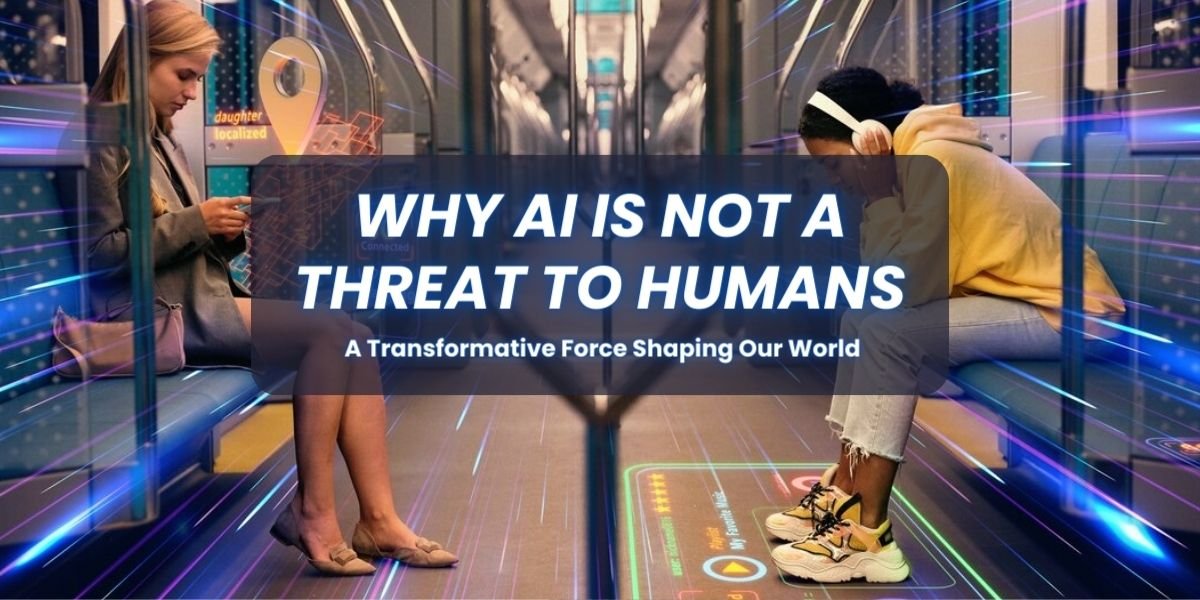Deep Fakes and the End of Truth: AI-Generated Lies Threaten Reality
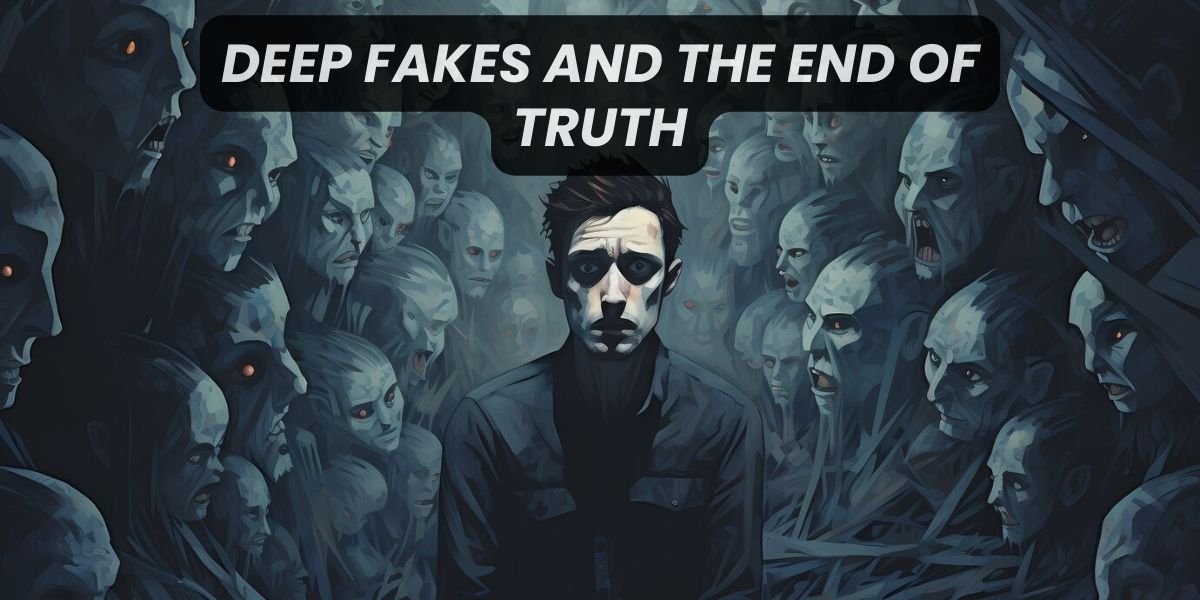
Imagine a world where “seeing is believing” loses its meaning. That’s where deep fakes push us — AI-powered illusions so convincing they blur the line between fact and fiction. These deep fakes have the power to distort our sense of truth. In this blog post, we’ll uncover more about deep fakes, their sinister applications, and the urgent need for solutions to preserve trust in the digital age.
What are Deep Fakes?
Imagine a world where you can make anyone appear to say or do anything. That’s the realm of deep fakes, a chilling technological advancement that calls into question everything we thought we knew about visual evidence.
Let’s break it down. The term “deep fake” comes from a combination of “deep learning” and “fake.” Deep learning is a branch of artificial intelligence where complex algorithms are trained on massive datasets. In the case of deep fakes, these algorithms are fed thousands of images and audio recordings of a specific person.
The AI meticulously studies this data, learning the intricate details of the person’s appearance, voice, and mannerisms. Much like a painter carefully replicates nuances on a canvas, the AI learns to imitate the target individual. This newfound knowledge is then harnessed to manipulate reality.
A skilled deep fake creator can insert the individual into an entirely new scene, put words in their mouth they never uttered, or make them perform actions they never did. The more data the AI has, the more convincing the illusion.
The scary part is that deep fakes are becoming shockingly realistic. Unlike the earlier, often glitchy and tell-tale examples, newer creations can fool even the watchful eye. This leaves us in the realm of unsettling uncertainty: is what we’re seeing real, or is it a sophisticated, AI-powered lie?
The Dangers of Deep Fakes: Expanding the Landscape of Threat
The harm caused by deep fakes extends far beyond individual cases:
- The Rise of Supercharged Disinformation: Deep fakes put false narratives on steroids. Political figures spewing fabricated scandals, CEOs manipulating stock prices, or social media flooded with misleading content designed to sow discord… all are possible scenarios.
- A New Weapon for Revenge Porn: Deep fakes have been disturbingly used for non-consensual pornography, primarily targeting women to cause humiliation and distress. This is a malicious misuse of technology causing lasting emotional damage.
- The Breakdown of Trust: When we can’t be certain of the authenticity of any piece of video, our trust in institutions and the media erodes. Deep fakes push us toward a world where cynicism prevails and truth becomes a subjective matter of perspective.
- Global Consequences: Imagine a deep-faked world leader making inflammatory statements or sparking diplomatic crises. The potential for political destabilization and even conflict sparked by seemingly ‘real’ content is chilling.
Detecting Deep Fakes: A Losing Battle?
While researchers work diligently to develop AI-based detection tools, it’s increasingly difficult to spot deep fakes with the human eye. Here are a few clues that might point to manipulation, but they aren’t foolproof:
- Facial Oddities: Notice anything odd about the way the mouth moves or the eyes blink? Unnatural movement or strange inconsistencies in eye behavior could be an indicator.
- Lighting and Shadow Inconsistencies: Deep fakes can struggle with realistic lighting. Look for mismatches in how light falls on the subject compared to their surroundings.
- Audio Anomalies: A robotic voice, unusual inflections, or a pitch that’s a bit off could raise a red flag.
The Fight Against Deep Fakes: Beyond Just Detection
- Digital Literacy as Armor: Educating ourselves and others about deep fakes is crucial. Understanding their creation makes us savvier consumers of information, less likely to fall for every sensational claim.
- Technological Solutions – The Arms Race: The race between AI-generated fakes and AI-based detection tools is ongoing. Researchers work to create tools to trace subtle artifacts or identify deep fakes in their infancy.
- Holding Platforms Accountable: Social media companies must aggressively take down malicious deep fakes and work on systems to label potential synthetic content proactively.
- The Power of Law: Legislation tailored to criminalize the creation of harmful deep fakes is necessary for deterrence and to give authorities the tools to act.
- Trust but Verify: Double-checking the source of videos and audio clips is vital. Prioritize reliable news outlets and verified accounts before automatically believing what we see online.
The Future: Forever Altered
Deep fakes won’t vanish – this technology is here to stay. Our future depends on adapting to this manipulated media landscape:
- Authentication 2.0: “Watermarking” videos at their source or embedding layers of authenticity verification could become essential.
- Skepticism as Survival: It’s sad, but a base level of healthy skepticism is needed. This shouldn’t make us cynical but simply more discerning.
- The Human Edge: Critical thinking, contextual understanding, and a good dose of common sense remain our weapons in a world overflowing with persuasive illusions.
Deep Fakes – What Can We Do as Individuals?
It’s easy to feel overwhelmed by the threat of deep fakes. However, it’s equally important to realize we aren’t powerless. Here are steps we can take:
- Be a Doubting Thomas (At First): When you encounter shocking content, resist the urge to immediately react and share. A moment of pause to seek verification could save you from spreading misinformation.
- Think Like a Fact-Checker: Did that video come from a reputable source? Is the original footage available on trusted platforms? Are there multiple reputable outlets reporting the same information?
- Amplify Media Literacy: Discuss deep fakes with your family and friends. Especially help older generations, who may be less familiar with this danger, learn to be vigilant online.
- Report, Don’t Just Scroll: Social media platforms often have options to flag content that seems fake or manipulated. Use these tools to help stop the spread.
The Philosophical Dilemma: When Seeing No Longer Means Believing
Deep fakes shake the foundations of our understanding of reality. They raise existential questions:
- Subjective Truth vs. Shared Reality: If everyone accepts a fabricated reality based on manipulated media, does it become a type of ‘truth’? How do we preserve the importance of objective facts?
- The Demise of Innocence: Can we ever go back to a world where a photo or video was presumed to be an unedited record of an event? Technology has eroded that simplicity.
- The Death of Evidence? Could deep fakes reach a point where they cast doubt on all evidence, making it harder to pursue justice or hold individuals accountable?
Conclusion: A Call for Vigilance
Deep fakes are a genie let out of the bottle. While their existence complicates our digital landscape, awareness is the first step towards self-preservation. In this fight to navigate a warped informational world, we need to develop a heightened sense of media skepticism combined with a strong commitment to verifying information. It’s a battle for the integrity of truth itself.
F&Qs
Currently, legal responses vary wildly. Some countries have specific laws against using deep fakes for harmful purposes like revenge porn or political disinformation. However, there’s no global standard, making enforcement difficult.
Unfortunately, yes. Deep fakes can be shared rapidly online, especially through social media. It’s possible for harmful content to circulate widely before the target even realizes it exists.
Proactive measures matter. Limit the amount of personal videos and photos you post online, as these become potential source material for deep fake creation. Be very cautious before engaging with unknown individuals online, as these interactions may leave you vulnerable to exploitation.
While the harmful uses get a lot of attention, there are less sinister applications. Deep fakes have the potential to revolutionize sectors like entertainment and education, enabling more immersive experiences. However, responsible and ethical use is critical.
Sadly, the answer is likely no. Deep fakes push us toward a reality where some level of healthy distrust has to become the norm. Verification and critical thinking will be our allies.
Tech giants are investing in detection tools and collaborating on research. However, the fight is ongoing. These platforms also shoulder responsibility for flagging potentially manipulated content and slowing its viral spread.
Yes. Deep fakes have been used for regular people in ways that damage their reputations, and personal relationships, and even cause job losses. Anyone with an online presence is at some level of risk.
There’s no simple solution. It will be an ongoing battle between those creating the fakes and those working on detection and prevention. However, education, legal frameworks, and a culture of increased skepticism are all tools that offer hope for minimizing the damage.


